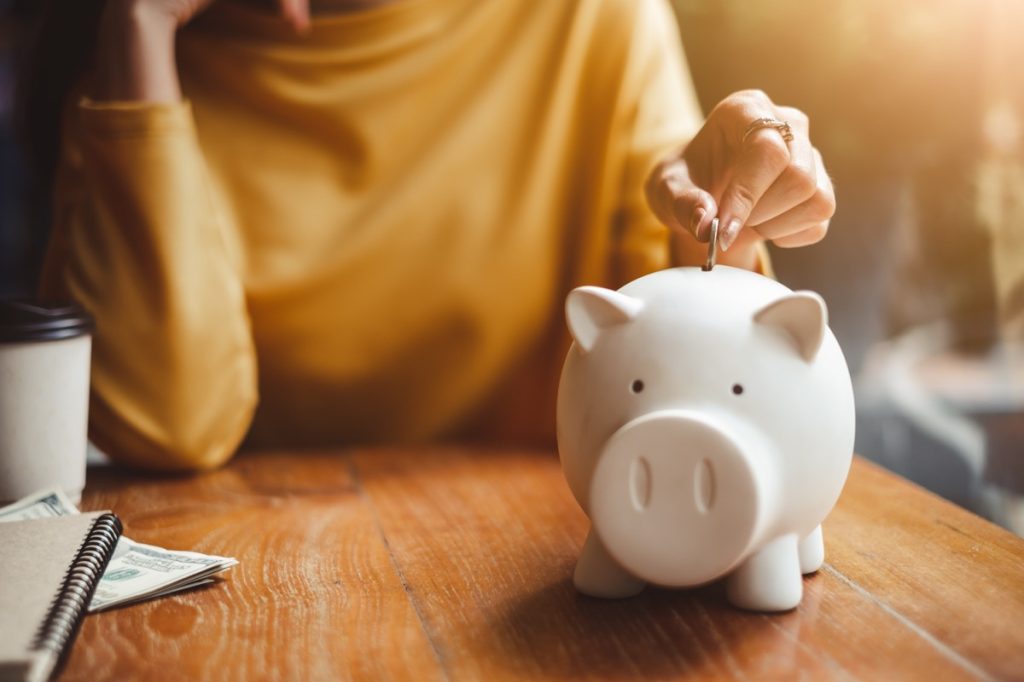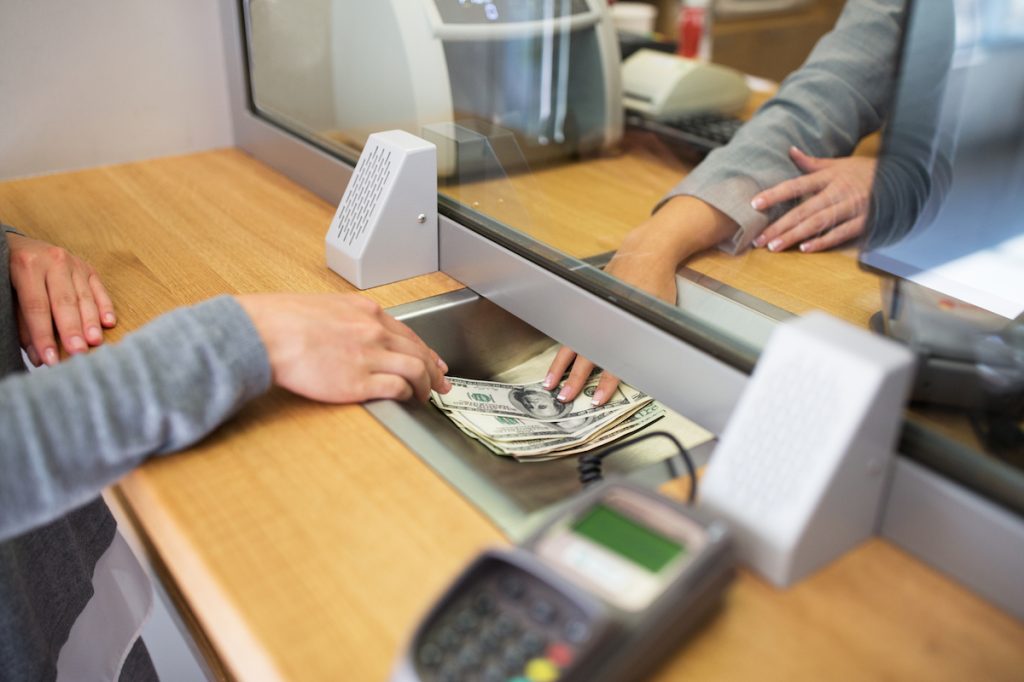Most people save their money in hopes of using it for future financial goals, such as buying a house, paying for their children’s education, or living comfortably in retirement. But it’s also important to have funds available for when the unexpected occurs. Whether it’s a sudden loss of income, a home fire or flood, unexpected medical expenses, or essential car repairs, it’s prudent to stash away for the unforeseen.
“Building an emergency fund should be a top financial priority for anyone,” says Emily Trevino, senior managing partner and co-founder of Wise Insurance. “In my experience advising clients over the years, I’ve found that having a robust emergency fund can make all the difference during tough times.”
So, how can you ensure you’re doing the right thing when you’re away some extra cash? Read on for tips on how to build an emergency fund, according to financial experts.
RELATED: 10 Secrets That Can Help You Retire Early, According to Experts.

There’s plenty to consider after your paycheck comes in, from covering bills to everyday expenses. But experts say one of the easiest ways to ensure you stick to stashing away funds is to make it a high priority.
“If you treat your savings like a bill and pay it first, then you won’t ever miss your monthly target,” Andrea Woroch, a consumer and money-saving expert. “Put it in a separate account so it’s out of the side and out of mind, and you will be forced to figure out how to spend less on everything else.”

While you don’t want to be tempted to dip into it too often, you want to be able to access your emergency fund quickly, should you need it. That means finding a place where your stashed funds will be accessible.
“I recommend keeping your emergency savings in an FDIC-insured high-yield savings account,” Trevino suggests. “Avoid investing emergency funds in the stock market, where your principal could be at risk if you need the…
Read the full article here



